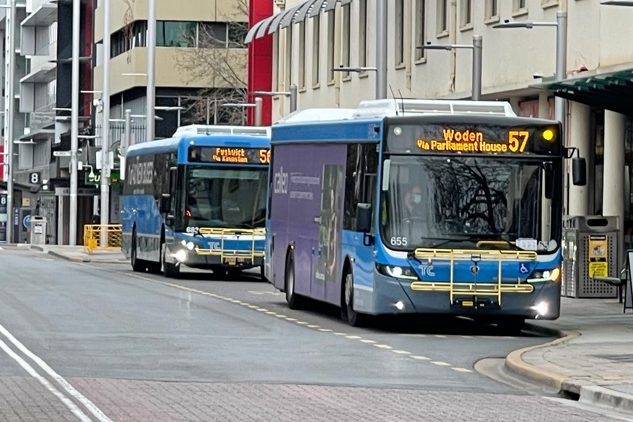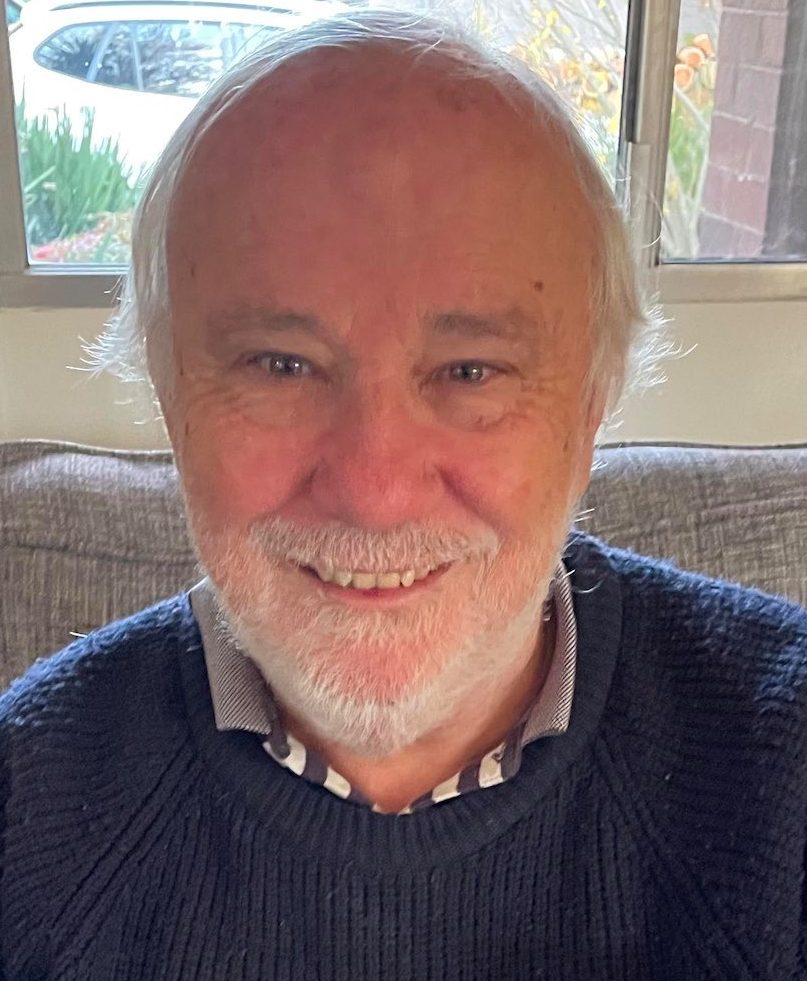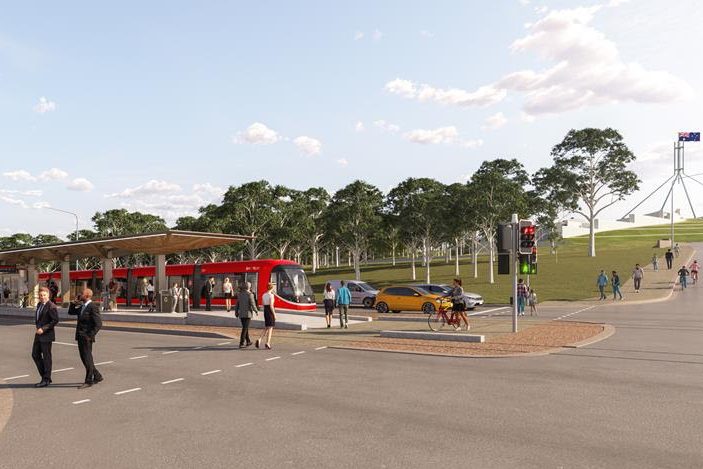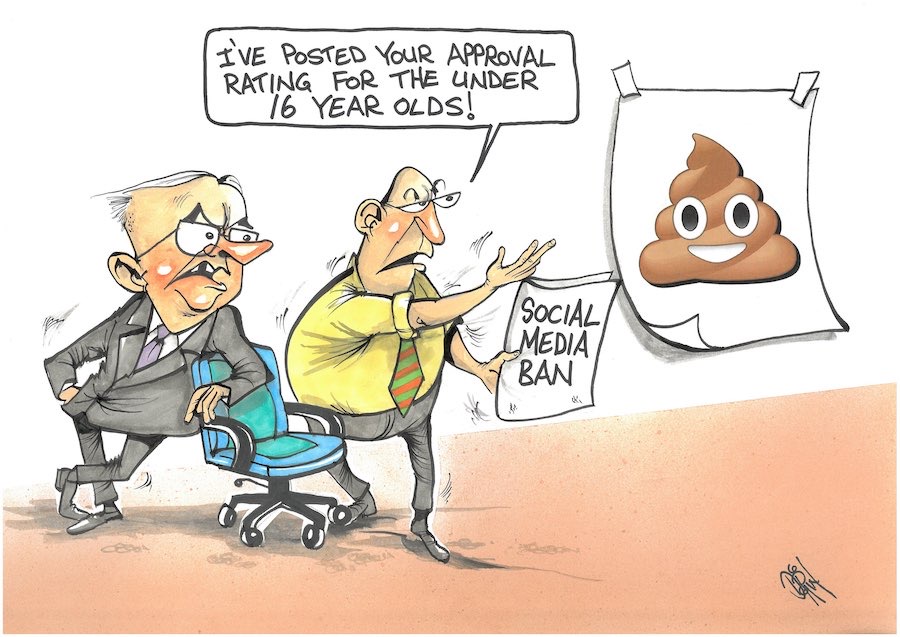
Strategies to reduce car use by achieving a shift towards public transport, cycling and walking in the ACT have failed, says columnist MIKE QUIRK.
The 2012 strategy targeted a doubling, to 30 per cent, in the use of public transport, cycling and walking on the journey to work by 2026, with public transport targeted to increase to 16 per cent.

At the 2021 Census these modes were 12 per cent of work trips with public transport representing 6 per cent of trips. The 2022 ACT and Queanbeyan Travel Survey found 75 per cent of all trips in Canberra were made by car.
Elon Musk infamously/famously said of public transport: “[It’s] a pain in the ass.
“Why do you want to get on something with a lot of other people, that doesn’t leave where you want it to leave, doesn’t start where you want it to start, doesn’t end where you want it to end? And it doesn’t go all the time… that’s why everyone doesn’t like it.
“And there’s like a bunch of random strangers, one of whom might be a serial killer, okay, great. And so that’s why people like individualised transport, that goes where you want, when you want.”
Musk’s opinion has an element of truth, but a more appropriate framing is provided by Jarrett Walker in Human Transit: How Clearer Thinking about Public Transit Can Enrich Our Communities and Our Lives. He says a person will choose public transport when:
It takes me where I want to go.
It takes me when I want to go.
It is a good use of my time.
It is a good use of my money.
It respects me in the level of safety, comfort, and amenity it provides.
I can trust it.
It gives me freedom to change my plans.
For public transit to be a real alternative to driving, its frequency, convenience and reliability needs to increase.
Most people, if they have a choice, will not use a bus if it takes twice as long to get to a destination and has a poor service frequency.
Limited transport funds need to be targeted to deliver the greatest benefit to the community. Given this, no wonder the extension of light rail is an election issue.
New transport strategy is needed
Canberra’s transport strategy is needed to ensure funds are used to deliver reliable and frequent services that connect efficiently with work, school, friends, family and services.
The review should:
- Investigate whether high-cost light rail is hindering the delivery of such a system and improvements to cycling and pedestrian networks. An immediate action should be to put on hold its extension until the review is completed;
- Investigate light rail’s appropriateness for the inter-town public transport route. The government has continually failed to justify its decision to adopt light rail. The increase in working from home and rapidly improving electric bus and autonomous vehicle technologies suggest light rail could be a high-risk strategy;
- Explore how public transport can best serve the large number of employment and activity locations.
- Investigate how to encourage employment in areas well served, and discourage employment in areas poorly served by public transport;
- Investigate how best to meet the transport needs of an increasingly diverse population. Many need to travel outside peak hours to access education, to do shift work, care for children and attend appointments.
- Assess the impact of autonomous vehicle technology. Potentially it could reduce congestion, fuel use, accidents, deaths and injuries; deliver door to door, frequent and reliable services including to the disabled and elderly and increase car sharing.
- Investigate other strategies to reduce car use and increase the attractiveness of public transport including car pooling, dedicated bus lanes, buses priority measures, increased car parking charges, reduced parking supply, cycleway and pedestrian infrastructure improvements and easy to understand information on routes, fares and timetables;
- Consider how to meet the transport needs of people needing to access low-demand locations. A lot of money can be spent to serve areas with low patronage. Running an empty bus is a huge waste of energy and,
- Investigate the relative impact of light rail and bus rapid transport on residential density.
Mike Quirk is a former NCDC and ACT government planner.
Who can be trusted?
In a world of spin and confusion, there’s never been a more important time to support independent journalism in Canberra.
If you trust our work online and want to enforce the power of independent voices, I invite you to make a small contribution.
Every dollar of support is invested back into our journalism to help keep citynews.com.au strong and free.
Thank you,
Ian Meikle, editor





Leave a Reply